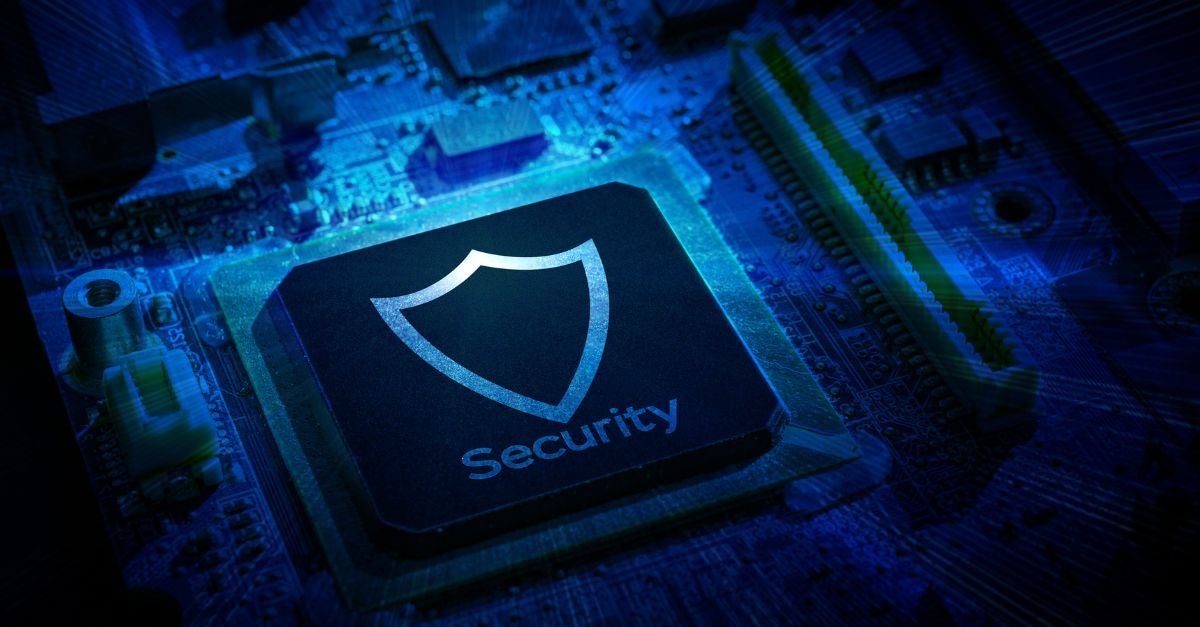SOC as a Service (SOCaaS) is a cloud-based cybersecurity solution that provides organizations with a fully managed Security Operations Center (SOC). This service offers comprehensive real-time security monitoring, advanced threat detection, rapid incident response, and robust compliance management, all delivered through a flexible subscription model. SOCaaS is specifically designed to address the growing challenges that organizations face when trying to maintain an in-house SOC. These challenges often include prohibitive costs associated with infrastructure setup and maintenance, difficulties in hiring and retaining specialized cybersecurity talent, and the sheer complexity of managing and updating security operations in a rapidly evolving threat landscape. By leveraging SOCaaS, organizations can benefit from state-of-the-art security technologies and a team of experienced security professionals without the need for significant upfront investment. This allows businesses to focus on their core operations while ensuring that their cybersecurity needs are met by experts who are constantly monitoring and adapting to new threats.

Why is SOC as a service Important?
In today's digital landscape, cyber threats are becoming more frequent and sophisticated. Organizations, especially small and medium-sized enterprises (SMEs), often lack the resources to build and maintain an in-house SOC. SOCaaS bridges this gap by providing access to advanced security tools, specialized expertise, and continuous monitoring without the need for significant investment in infrastructure or personnel. This allows organizations to focus on their core business activities while ensuring robust cybersecurity protection.
Key Components of SOC as a service
- Dedicated SOC Team: A team of security analysts, engineers, architects, compliance auditors, and managers who possess the skills and experience to handle various types of cyber threats.
- Suite of Security Tools: Advanced tools for collecting, analyzing, and correlating data from multiple sources, including endpoints, networks, cloud services, and applications. These tools help detect, investigate, and address threats, as well as compile detailed incident reports.
- Set of Security Processes: Clearly defined roles, responsibilities, and workflows for the SOC team, along with incident response and escalation procedures.
- Service Level Agreement (SLA): An agreement that outlines the scope, expectations, and deliverables of the SOCaaS provider, such as response times, types of threats covered, and reporting frequency.
SOC as a service Benefits
In an era where cybersecurity threats are growing increasingly complex and frequent, organizations are constantly seeking effective ways to protect their digital assets and maintain robust security operations. One solution that has emerged as a game-changer is SOC as a Service (SOCaaS). This innovative approach offers a comprehensive suite of security services delivered through the cloud, providing organizations with the tools and expertise they need to stay ahead of cyber threats without the burden of managing an in-house Security Operations Center (SOC). Let’s explore the key benefits that SOCaaS brings to the table, making it a valuable choice for businesses of all sizes.
Faster Threat Detection and Response
SOCaaS providers offer round-the-clock monitoring and automated responses, significantly reducing the time between threat detection and containment. This proactive approach ensures that potential threats are identified and mitigated before they can escalate into major incidents. Automated incident response tools and AI-driven analytics help SOCaaS teams quickly isolate compromised systems, block malicious activity, and guide IT teams through remediation efforts, minimizing downtime and damage.
Access to Specialized Expertise
Organizations gain access to a team of experienced security analysts, threat hunters, and incident responders without the need to hire and train in-house staff. SOCaaS providers employ seasoned professionals who specialize in various aspects of cybersecurity, including threat intelligence, forensic analysis, and compliance. This access to specialized expertise ensures that organizations are always prepared to handle the latest and most sophisticated cyber threats, while also benefiting from the collective knowledge and experience of the SOCaaS team.
Scalability and Cost-Effectiveness
SOCaaS operates on a subscription-based model that scales with the organization's needs, providing a cost-effective alternative to building an in-house SOC. Organizations can avoid the significant upfront costs associated with purchasing and maintaining security infrastructure, hiring and training specialized staff, and keeping up with the latest security technologies. Instead, they pay a predictable monthly fee that adjusts to their evolving security requirements, making SOCaaS an ideal solution for businesses of all sizes, especially SMEs.
Enhanced Security Posture
Continuous monitoring, proactive threat hunting, and compliance management help organizations transition from reactive to proactive security strategies. SOCaaS providers use advanced threat intelligence feeds, AI-driven analytics, and correlation engines to identify and mitigate threats before they impact the organization. By continuously improving security processes and integrating the latest threat intelligence, SOCaaS helps organizations build a stronger and more resilient security posture.
Reduced Risk of Data Breaches
By continuously monitoring network traffic, endpoint activity, and cloud environments, SOCaaS significantly reduces the risk of data breaches and cyberattacks. SOCaaS providers leverage advanced security tools and techniques to detect and respond to threats in real-time, ensuring that sensitive data remains protected. This continuous monitoring and rapid response capability help organizations maintain the confidentiality, integrity, and availability of their data and systems.
Optimized IT Resources
Outsourcing security operations allows internal IT teams to focus on strategic initiatives, improving overall efficiency and resource utilization. SOCaaS takes over the day-to-day security monitoring and incident response tasks, freeing up internal IT staff to concentrate on core business objectives, innovation, and strategic projects. This optimized resource allocation ensures that organizations can maximize their IT capabilities and drive business growth without being bogged down by the complexities of security management.
SOC as a service as a service Challenges
While SOC as a Service (SOCaaS) offers numerous benefits, organizations should also be aware of the potential challenges they may face when adopting this solution. Understanding these challenges can help organizations better prepare for a smooth transition and ensure that their security operations remain effective and efficient.
Onboarding and Integration
Transitioning to SOCaaS is not a simple plug-and-play solution. It requires careful planning, coordination, and integration with existing security tools and workflows. This process can be time-consuming and resource-intensive, as both the organization and the SOCaaS provider need to work together to ensure seamless compatibility. During the onboarding phase, organizations may face temporary vulnerabilities as the new system is being set up and configured. Effective communication and collaboration between the organization and the SOCaaS provider are crucial to minimize disruptions and ensure a smooth transition.
Data Privacy Concerns
One of the most significant concerns when adopting SOCaaS is the handling of sensitive data. Organizations must share a substantial amount of data with the third-party provider to enable effective monitoring and threat detection. This raises concerns about data privacy and security, as organizations need to trust that their SOCaaS provider has robust security measures in place to protect against data breaches. Ensuring that the SOCaaS vendor complies with strict security protocols and industry standards is essential. Organizations should also review the provider’s data handling policies and understand how their data will be stored, processed, and protected.
Cost of Log Delivery
Continuous monitoring and threat detection require the transmission of large volumes of security logs and network event data to the SOCaaS provider. This can lead to increased data transfer and storage costs, particularly for organizations with extensive security infrastructure and high data volumes. Organizations should carefully evaluate the potential costs associated with log delivery and storage, and consider whether their current infrastructure can efficiently handle the increased data flow. Negotiating transparent pricing models with the SOCaaS provider can help mitigate these costs.
Regulatory and Compliance Considerations
Organizations in highly regulated industries, such as finance, healthcare, and government, must ensure that their SOCaaS provider meets all relevant compliance requirements. This includes adhering to regulations like GDPR, HIPAA, PCI-DSS, and others that govern data handling, security controls, and reporting. Organizations should thoroughly vet potential SOCaaS providers to ensure they have the necessary certifications and compliance frameworks in place. Additionally, they should establish clear lines of communication to address any compliance-related issues that may arise during the service period.
Customization Limitations
While SOCaaS solutions are designed to be flexible and scalable, some providers may offer a one-size-fits-all approach that does not fully address the unique security requirements of certain organizations. This can lead to gaps in coverage or inefficiencies in threat detection and response. Organizations should seek SOCaaS providers that offer customizable solutions tailored to their specific needs. This may include the ability to integrate with existing security tools, configure threat detection parameters, and adapt to unique business processes and workflows. Ensuring that the SOCaaS provider can offer a high degree of customization is key to maximizing the effectiveness of the service.
Conclusion
SOCaaS is a powerful solution for organizations looking to enhance their cybersecurity posture without the burden of managing an in-house SOC. By leveraging advanced security tools, specialized expertise, and continuous monitoring, SOCaaS provides a scalable and cost-effective alternative to traditional security operations. While there are challenges to consider, such as onboarding and data privacy, the benefits of faster threat detection, reduced risk of data breaches, and optimized IT resources make SOCaaS a valuable investment for modern businesses.
Frequently Asked Questions
SOCaaS is a cloud-based service that provides real-time security monitoring, threat detection, and incident response, helping organizations manage their cybersecurity without needing extensive in-house resources.
Any organization, especially SMEs, with limited cybersecurity resources or those needing 24/7 monitoring and rapid response capabilities.
SOCaaS is a subscription-based service provided by third-party vendors, offering faster deployment and access to specialized expertise without the need for significant infrastructure investment.
Faster threat detection, specialized expertise, scalability, cost-effectiveness, reduced risk of data breaches, and optimized IT resources.





